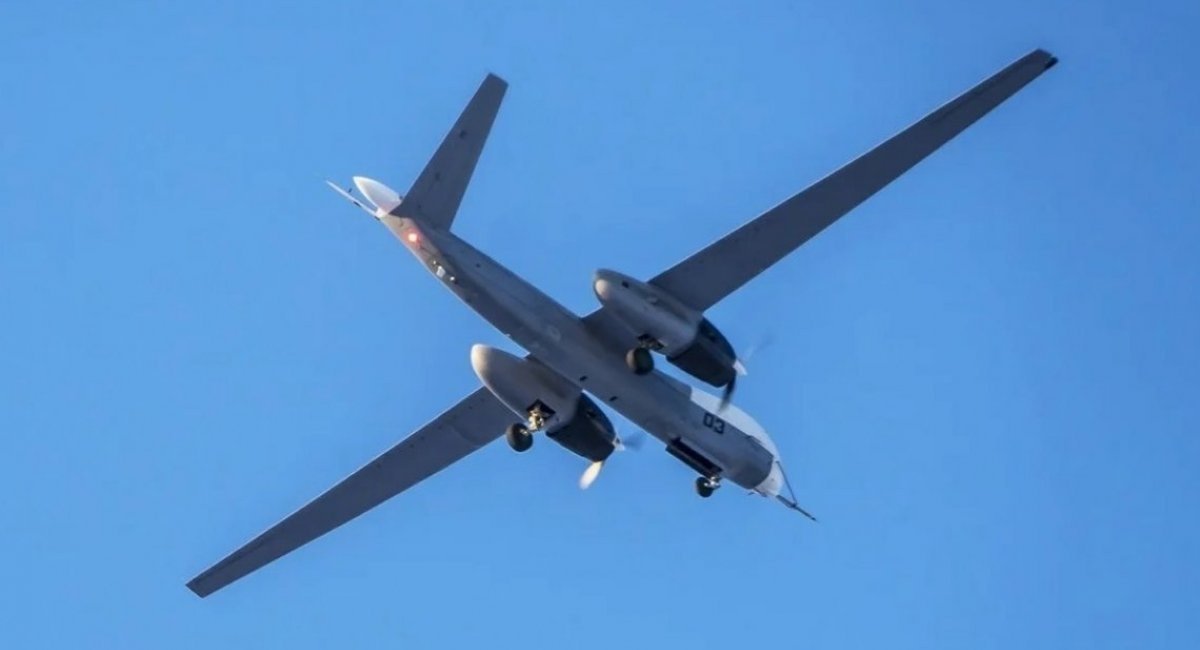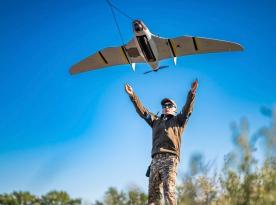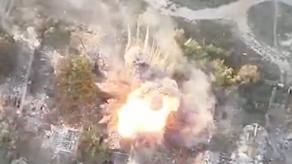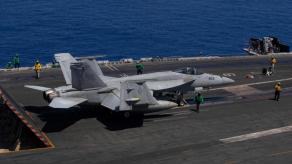On Tuesday, July 8, in Tatarstan, russia, the latest Altius-RU strike and reconnaissance UAV crashed. It is a variant of the russian Altius. Its development began in 2011 at the OKB Sokol. The first order for these UAVs was received in 2021 by the Ural Works of Civil Aviation.
The quantity and delivery dates were not specified at the time, but the announced value of the deal was about seven billion rubles (adjusted for inflation, this amounts to approximately $115 million in today's terms). Altius-RU was expected to be supplied to the russian Navy, but since then, almost no updates have emerged.
Read more: Ukraine’s General Staff Confirms Strike on Ammunition Plant in russia’s moscow Region
On July 2, an Altus-RU crashed in Tatarstan, falling directly onto a private house and presumably killing two local residents. The cause of the crash was likely a loss of communication, which resulted in the drone losing control and gliding into a private residential area.
This is not the first crash of "unique" russian drones. It is worth recalling the downing of the S-70 Okhotnik heavy strike UAV in 2024, which occurred in the Donetsk region near the city of Kostiantynivka. It likely also lost communication and was heading toward territory controlled by Ukraine, which is why the russian federation was forced to shoot it down to prevent its capture.
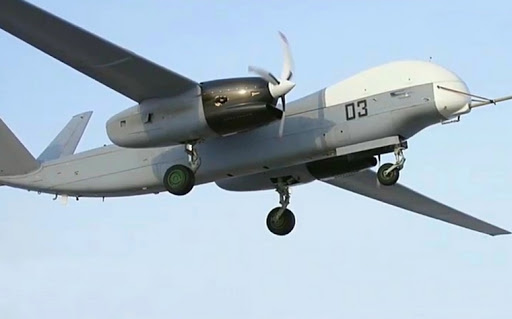
On paper, the Altius-RU features some impressive specifications. It can stay in the air for up to 48 hours, fly up to 12 km high, and cover distances of up to 10,000 km. Its flight weight is up to 6 tons, its fuselage length is 11.6 meters, and its wingspan is 28.5 meters.
It can carry up to one ton of weapons and has a cruising speed of 250 km/h. The most important thing is its weapons, because it can carry Kh-35U anti-ship missiles with a range of up to 260 km.
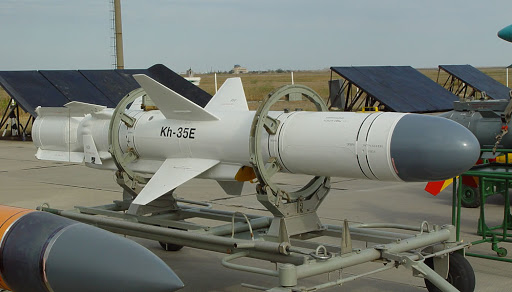
It is also equipped with an inertial and satellite navigation system as well as, presumably, an unnamed radar. In addition, there have been reports of the possibility of equipping the Altius-RU with a pod-mounted radar with a phased array antenna and an optical sighting station.
In terms of size and some characteristics, the Altius-RU is larger and more powerful than the American MQ-9 Reaper, which has a wingspan of 25 meters and weighs about 2.2 tons. The American drone has a flight range of only 1,850 km, compared to 10,000 km for the Altius-RU, which means that it may well be "unique".
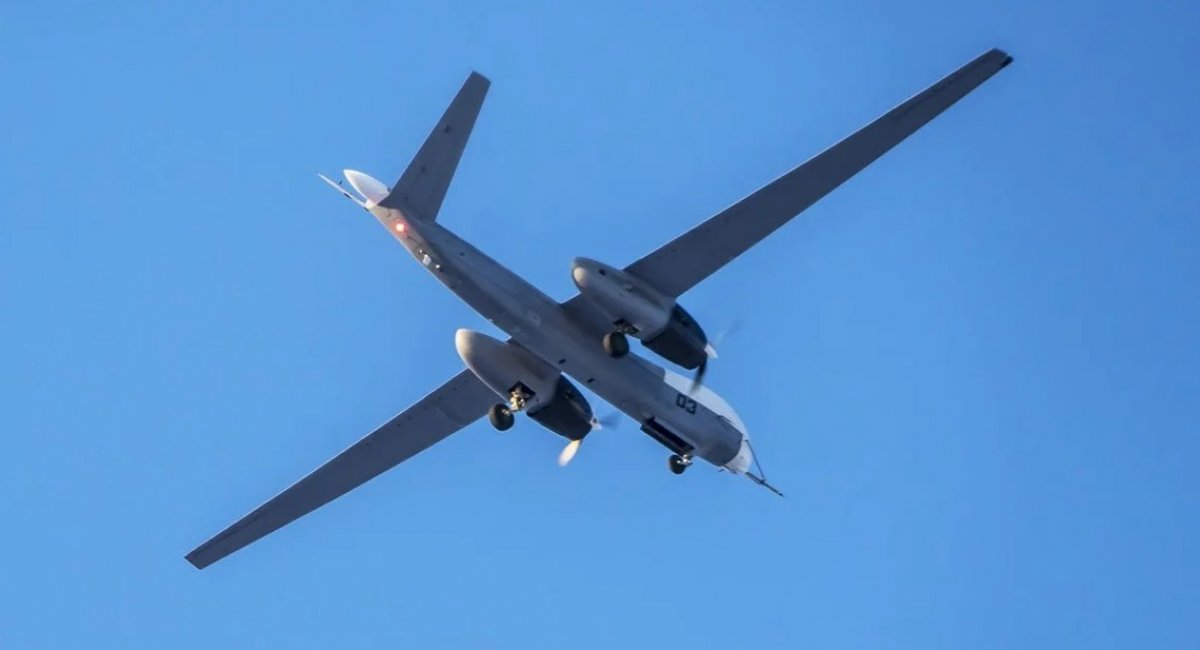
As part of the russian Navy, it was supposed to operate in the interests of groupings of ships, submarines, and naval aviation. Its main tasks are reconnaissance, surveillance, and support of naval forces.
Read more: What Is russian EW System in Kaliningrad That’s Haunting Poland and Baltics




